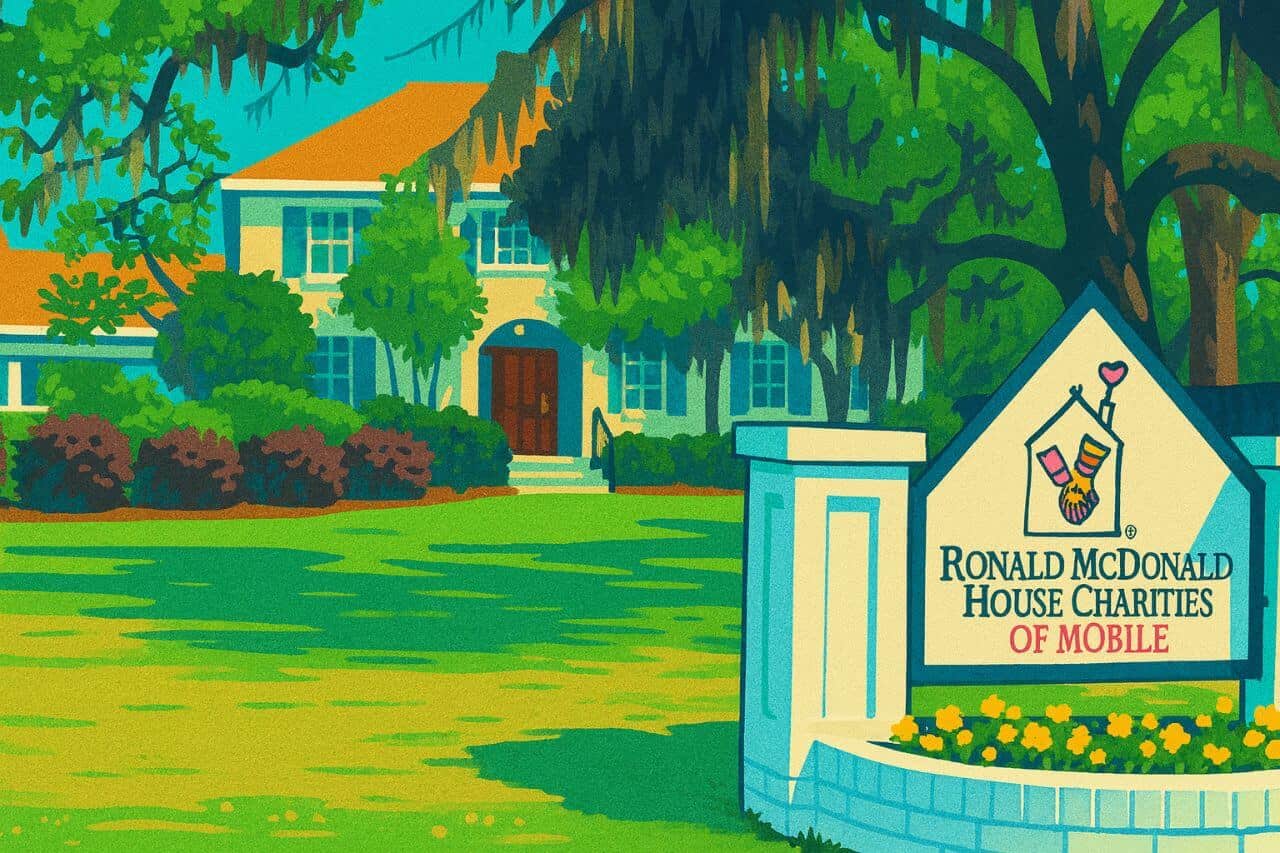Well, it finally happened. After years of chatter, setbacks, and nail-biting delays, the train is back.
For the first time since Hurricane Katrina, Amtrak’s Mardi Gras Service is rolling between New Orleans and Mobile.
The first public trip left the station with a brass band playing, confetti flying, and a conductor shouting the words Gulf Coast rail fans have been aching to hear: “All aboard!”
This return isn’t just a ribbon-cutting photo op—it’s a comeback story.
The Gulf Coast now has a twice-daily passenger line connecting five cities, and it’s already selling out tickets. Saints game days? Practically booked up.

A Rolling Celebration
Saturday’s inaugural ride was part pageant, part party.
About 300 special guests climbed aboard at New Orleans Union Passenger Terminal for an 8 a.m. sendoff, led by a brass band second-line and flurries of purple, green, and gold confetti.
Mardi Gras royalty waved, politicians smiled for cameras, and dignitaries toasted what they called a new era for Gulf Coast travel.
At each stop—Bay St. Louis, Gulfport, Biloxi, Pascagoula—marching bands, waving crowds, and ribbon cuttings made the train feel less like a mode of transportation and more like a moving festival.
By lunchtime, Mobile threw its own bash to cap the journey.
Scenery Beats I-10
Those who made the trip couldn’t help comparing it to the grind of driving I-10.
From the train windows came scenes of open marshland, beachfront stretches, waterways glittering under bridges, and dense thickets of pine.
No bumper-to-bumper traffic, no gas station snacks—just WiFi, legroom, and surprisingly solid café car options (the muffuletta stole the show).
Top speed for the line is 79 mph, though a few sections are still being upgraded, meaning the ride will only get faster in time.
The trip now clocks in at under four hours—quick enough for a day trip, smooth enough for business, and scenic enough to feel like a mini getaway.
How It Works
Service is straightforward: two departures daily in each direction, with stops at Bay St. Louis, Gulfport, Biloxi, and Pascagoula.
Fares start at $15, and discounts are on deck for kids, seniors, veterans, and groups. Tickets for the first public runs sold out almost immediately, signaling strong demand from the start.
Behind the fanfare is a clear push from Amtrak leadership.
Company president Roger Harris called it a step toward making rail more available outside the Northeast.
“Transportation is a network function,” he said. “Getting that critical mass together in any one area is that self-reinforcing activity.” In other words, this line isn’t just a novelty—it’s a proof of concept.
What’s Next on the Tracks
The Gulf Coast route is only the beginning. Local and state leaders are already pressing for expansion: a long-promised New Orleans–Baton Rouge line, then Shreveport, then across North Louisiana.
The sticking point? Big-ticket infrastructure upgrades like the trestle bridge over the Bonnet Carré Spillway. Lt. Gov. Billy Nungesser framed it bluntly: “If we can’t get it done with Steve Scalise and Mike Johnson, it’ll never get done.”
For now, the victory belongs to the stretch of track that links Louisiana and Alabama.
The brass bands have packed up, the confetti has settled, and the selfies have been posted—but the bigger story is still unfolding.
The Gulf Coast has its train again, and every whistle that echoes down the line is a reminder that the wait is over.
If you’d like to check out other news stories, hop over to our news corner.




